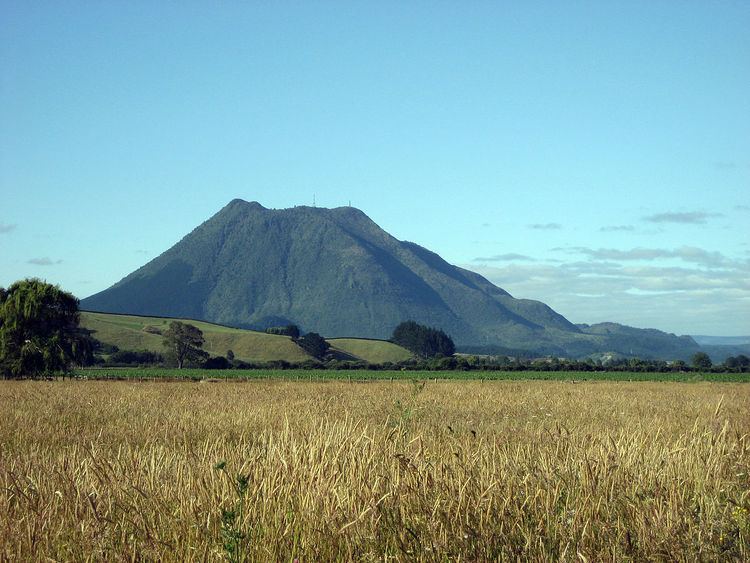Rohe (region) Bay of Plenty Region Population 15,258 | Waka (canoe) Mataatua | |
 | ||
Ngāti Awa is a Māori iwi (tribe) centred in the eastern Bay of Plenty Region of New Zealand.
Contents
Ngāti Awa comprises 22 hapu (subtribes), with 15,258 people claiming affiliation to the iwi in 2006. The Ngāti Awa people are primarily located in towns on the Rangitaiki Plain, including Whakatane, Kawerau, Edgecumbe, Te Teko and Matata. Two urban hapu also exist in Auckland (Ngāti Awa-ki-Tamaki) and Wellington (Ngāti Awa-ki-Poneke).
Early history
Ngāti Awa traces its origins to the arrival of Māori settlers on the Mataatua waka (canoe). The Mataatua settlers established settlements in the Bay of Plenty and Northland. Initially, the tribe controlled a large area in Northland, but conflicts with other northern iwi resulted in a southward migration. One group eventually settled in the eastern Bay of Plenty, whose descendants would eventually found the iwi.
Awanuiarangi II is recognised as the eponymous ancestor of Ngāti Awa. Awanuiarangi II was a chief descended from Toroa, captain of the Mataatua. Descendants of Awanuiarangi II eventually formed their own iwi, Ngāti Awa, named after their ancestor.
Tribal and land wars
Ngāti Awa was frequently at war with neighbouring iwi, including those with similar ancestry. Ngāti Awa initially had good trading relations with European settlers. However, the New Zealand Land Wars of the 1860s resulted in the British Crown confiscating more than 1,000 km² of Ngāti Awa land.
For more than a century afterwards, Ngāti Awa remained an aggrieved, struggling people. However, in 1999, the Waitangi Tribunal determined that the confiscation of Ngāti Awa land in the New Zealand Land Wars by the British Crown was illegal, and in 2003 a settlement was reached between Ngāti Awa and the New Zealand Government.
Government settlement
In 2003, following almost ten years of negotiations between the New Zealand Government and Ngāti Awa, a settlement was announced and reparations were made to the iwi. In summary:
Ngāti Pūkeko
In the nineteenth century Ngāti Pūkeko were considered a separate iwi, but they are currently considered a hapū of Ngāti Awa.
Ngāti Awa today
From 2005, Te Rūnanga o Ngāti Awa became the new governing body of the iwi. Representatives from the Rūnanga were responsible for negotiating the settlement with the government on behalf of Ngāti Awa. Based in Whakatane, the rūnanga manages the financial assets of the iwi, and promotes cultural, educational and economic development in the region.
Sun FM is the radio station for Ngāti Awa. It was first known as Te Reo Irirangi o Te Manuka Tutāhi during a three-week AM trial run in 1990. It went to air as Tumeke FM in 6 April 1991, became Sun FM in 1994 to increase its advertising appeal, and between 1996 and 1999 worked to increase its Māori language content. The classic hits station broadcasts on 106.5 FM in Whakatane.
